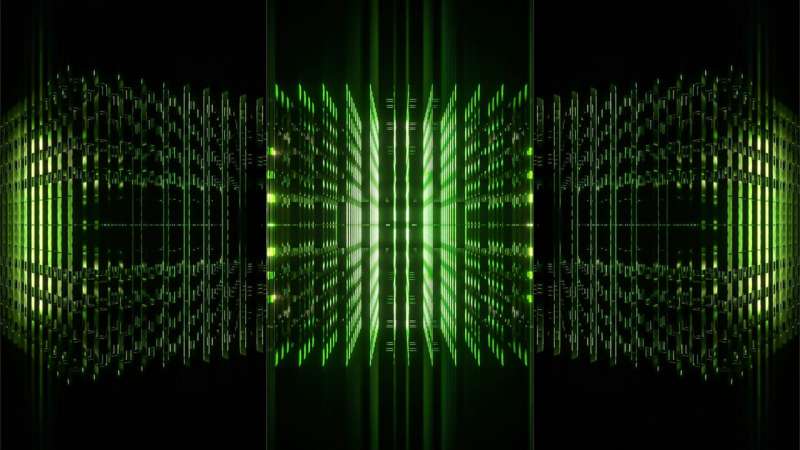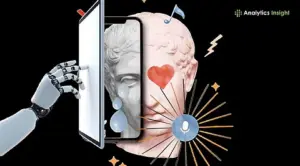
A team of researchers has made a significant advancement in the quest for room-temperature superconductors by utilizing a quantum computer to measure electron pairing correlations. This breakthrough was reported on November 6, 2025, by physicist Paul Arnold and has been reviewed for accuracy by Gaby Clark and Robert Egan. Superconductors, which can conduct electricity without resistance, have long required extremely low temperatures to function, limiting their practical applications.
Understanding electron pairing is crucial in developing materials that could operate at room temperature. The traditional approach to studying these phenomena has faced challenges due to the complexity of electron behavior in superconducting materials.
Overcoming Computational Barriers
For decades, researchers have relied on the Fermi-Hubbard model to explore electron interactions in potential superconductors. This mathematical framework helps predict electron behavior but becomes increasingly complicated as more particles are added. Even the most advanced classical supercomputers struggle to solve these complex interactions.
In a pioneering effort, researchers at the quantum computing firm Quantinuum employed their Helios-1 quantum computer to simulate these interactions. Instead of calculating material behavior directly, Helios-1 mimicked the quantum interactions through trapped ions that serve as qubits. Unlike classical bits, which can only represent a state of 0 or 1, qubits can exist in multiple states simultaneously, allowing for far more complex calculations.
By leveraging this technology, the team achieved precise measurements of the subtle quantum signals indicative of electron pairing correlations.
Promising Results and Future Challenges
The Helios-1 conducted experiments under three different conditions, including tests on innovative nickel-based superconductors. The results demonstrated that quantum computing has the potential to significantly accelerate the search for materials that can function as superconductors at room temperature. As stated in a paper released on the arXiv preprint server, “These results show that a quantum computer can reliably create and probe physically relevant states with superconducting pairing correlations, opening a path to the exploration of superconductivity with quantum computers.”
Despite this promising development, physicists caution that quantum computing will not become a routine tool for this type of research in the immediate future. Two significant challenges remain: noise accumulation, where environmental factors such as electromagnetic fields disrupt qubit stability, and the necessity for a larger number of qubits to accurately simulate real-world materials.
As researchers continue to navigate these challenges, the implications of this work could transform the landscape of superconductivity, paving the way for future advancements that might finally unlock the potential of room-temperature superconductors.
This article highlights the importance of ongoing research in the field, emphasizing a collaborative effort to tackle one of physics’ most compelling challenges. The journey towards practical superconductors is far from over, but the innovative use of quantum computing marks a vital step forward.






